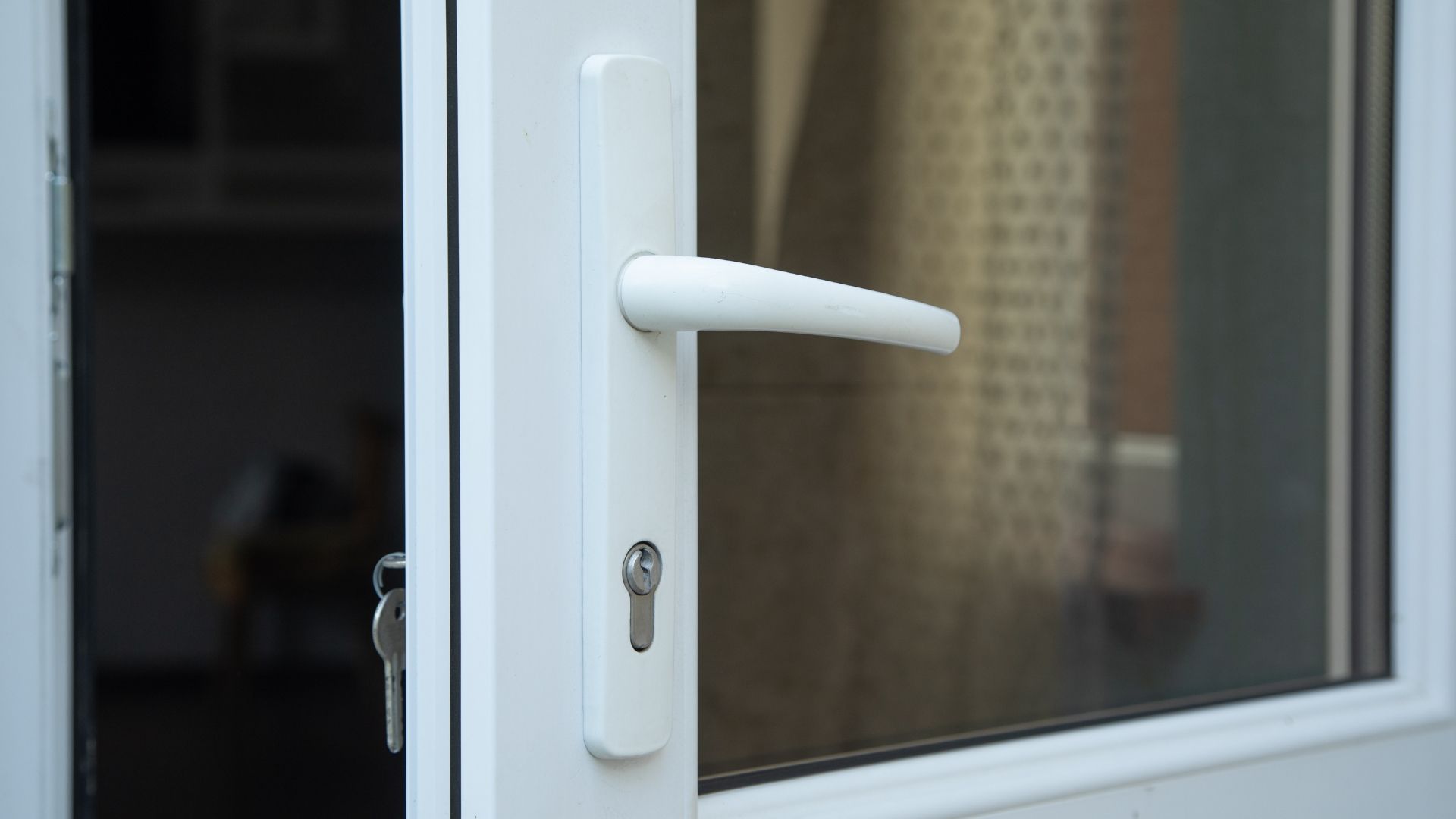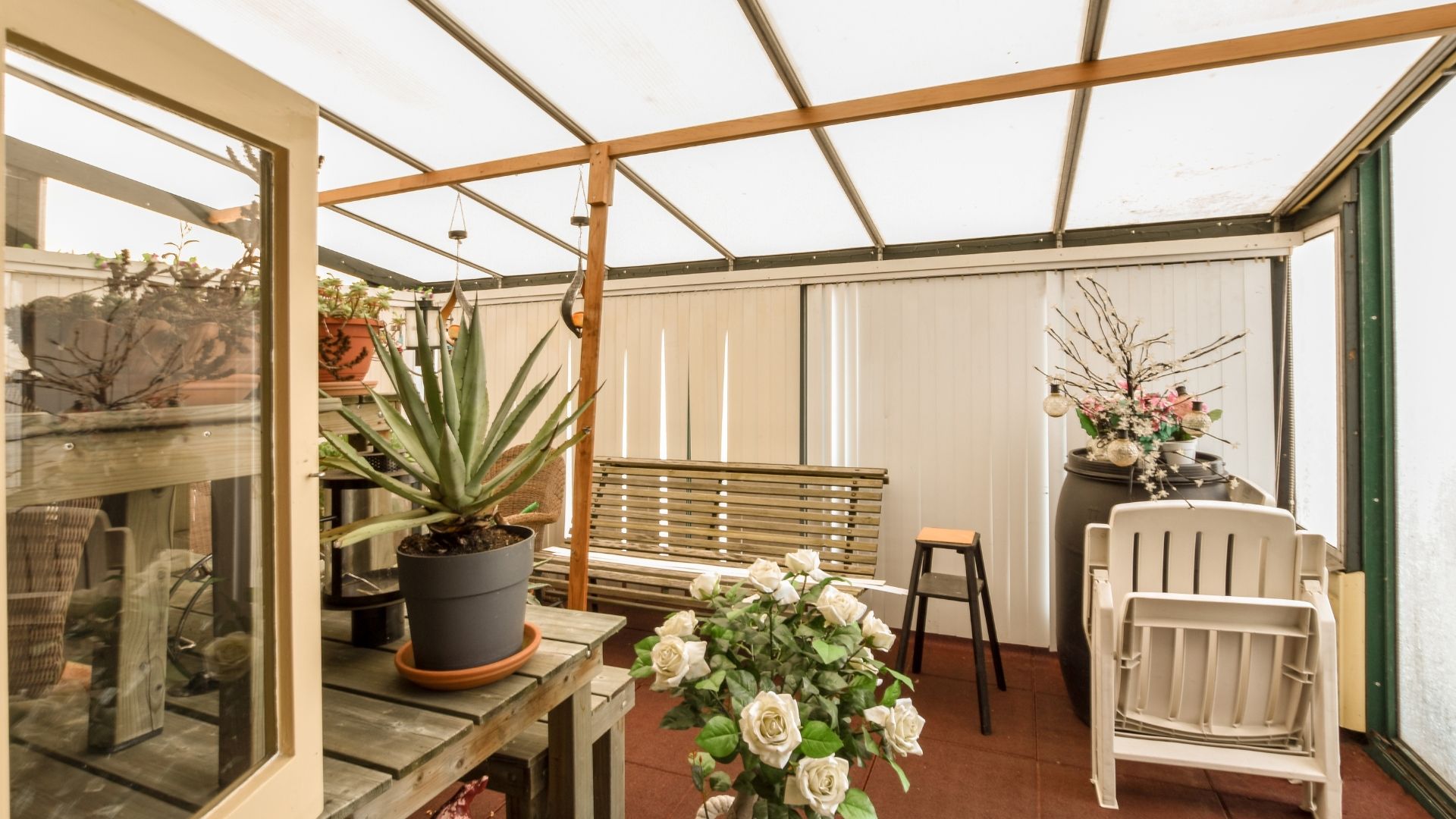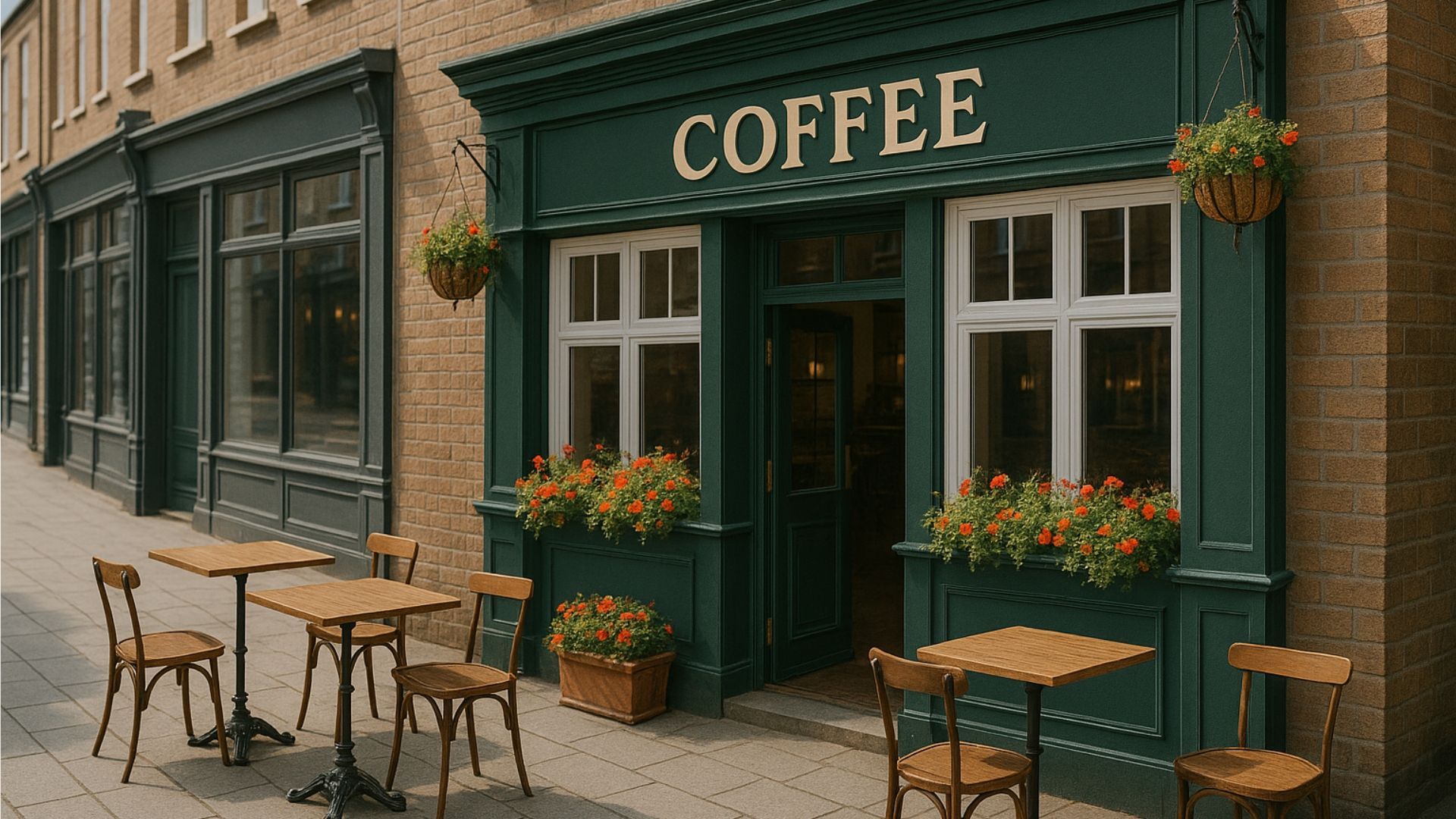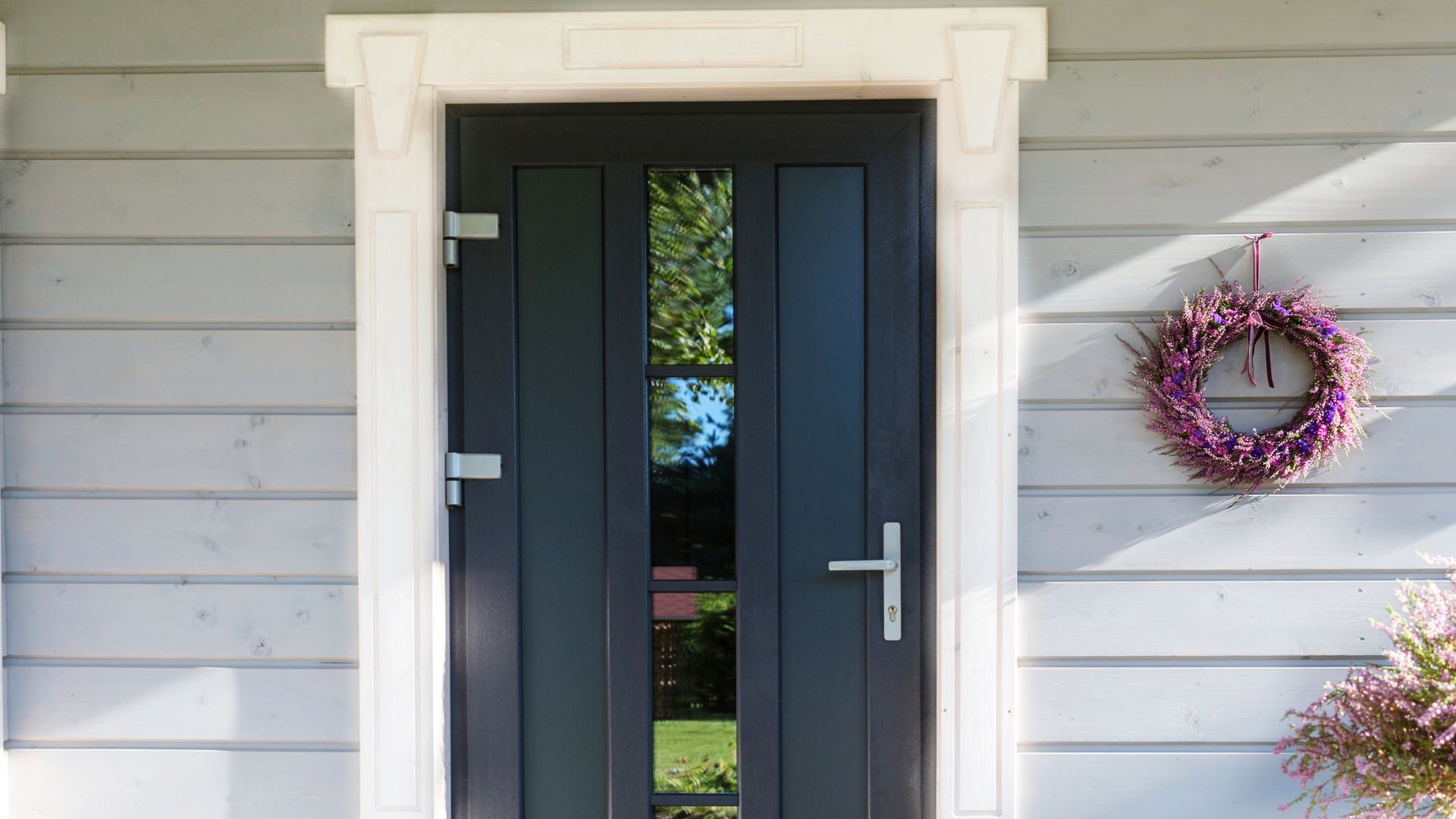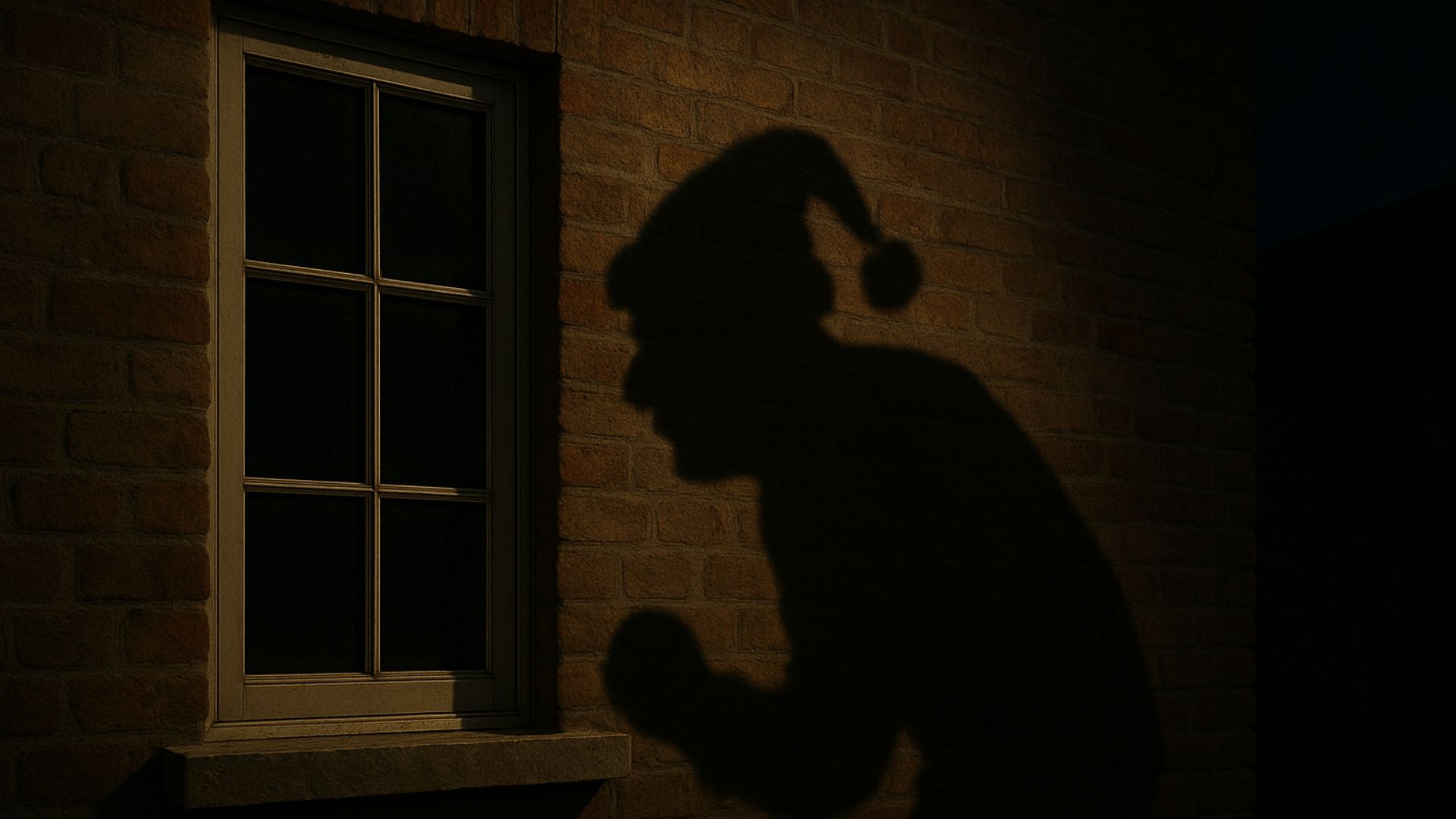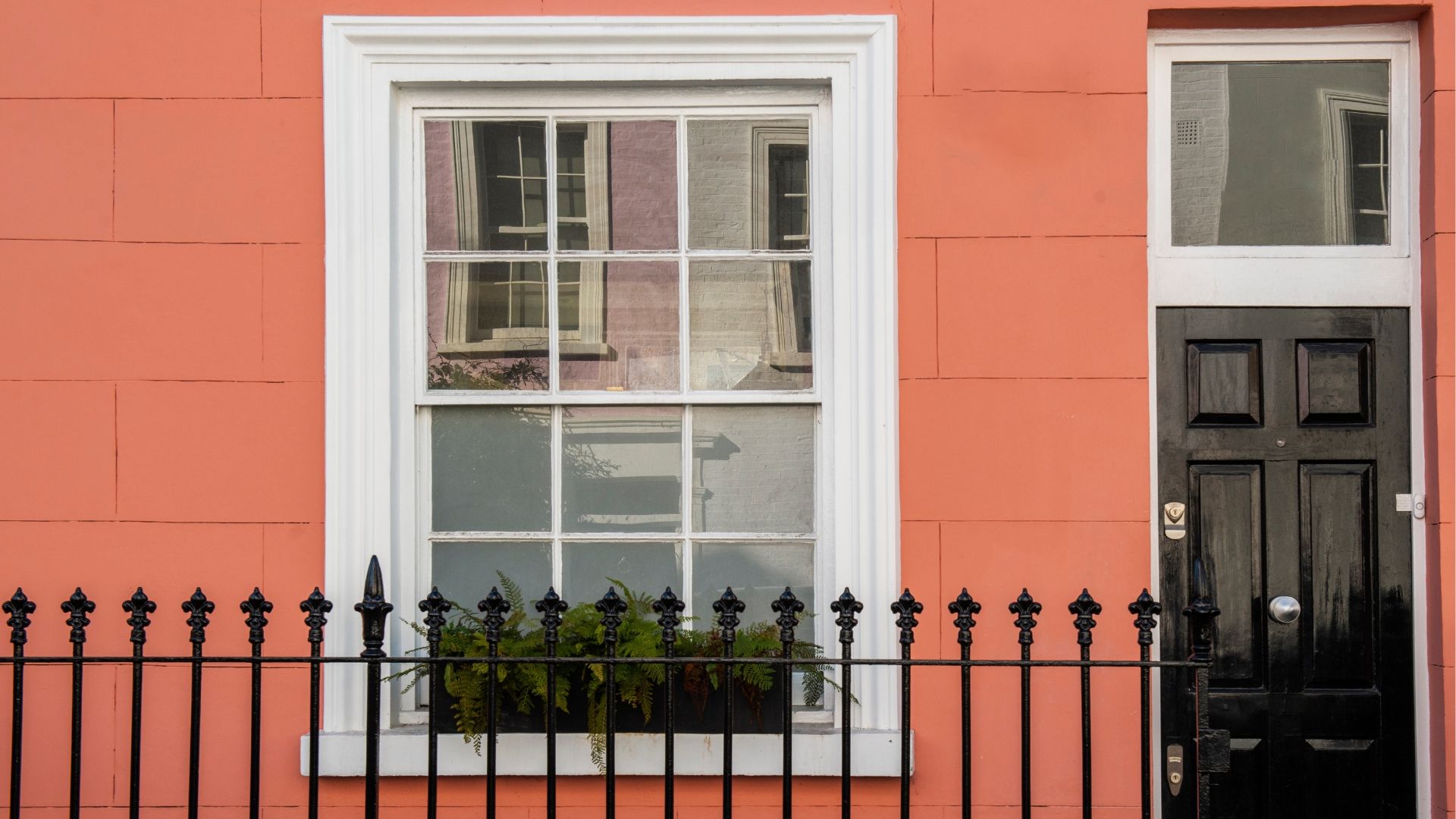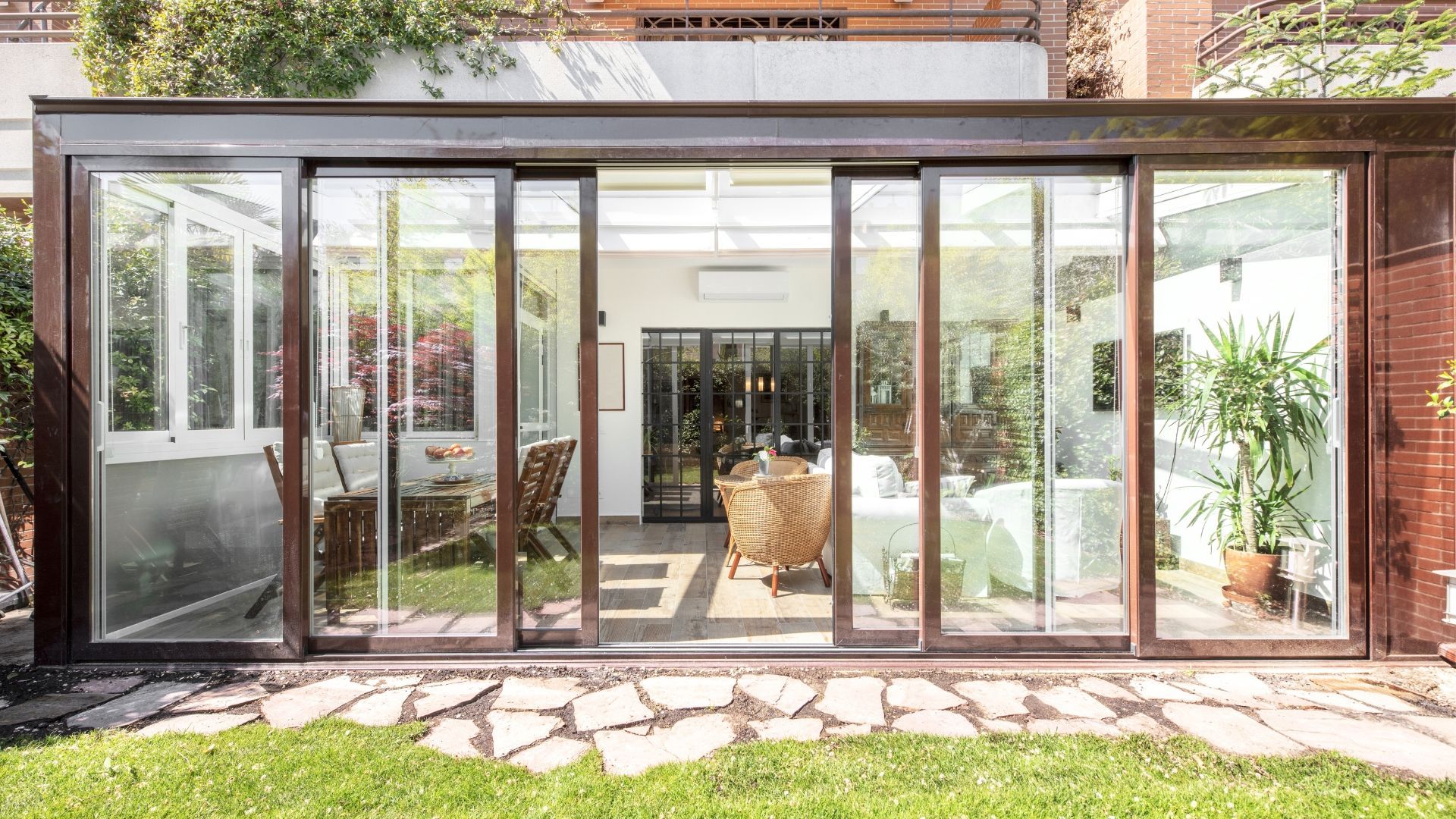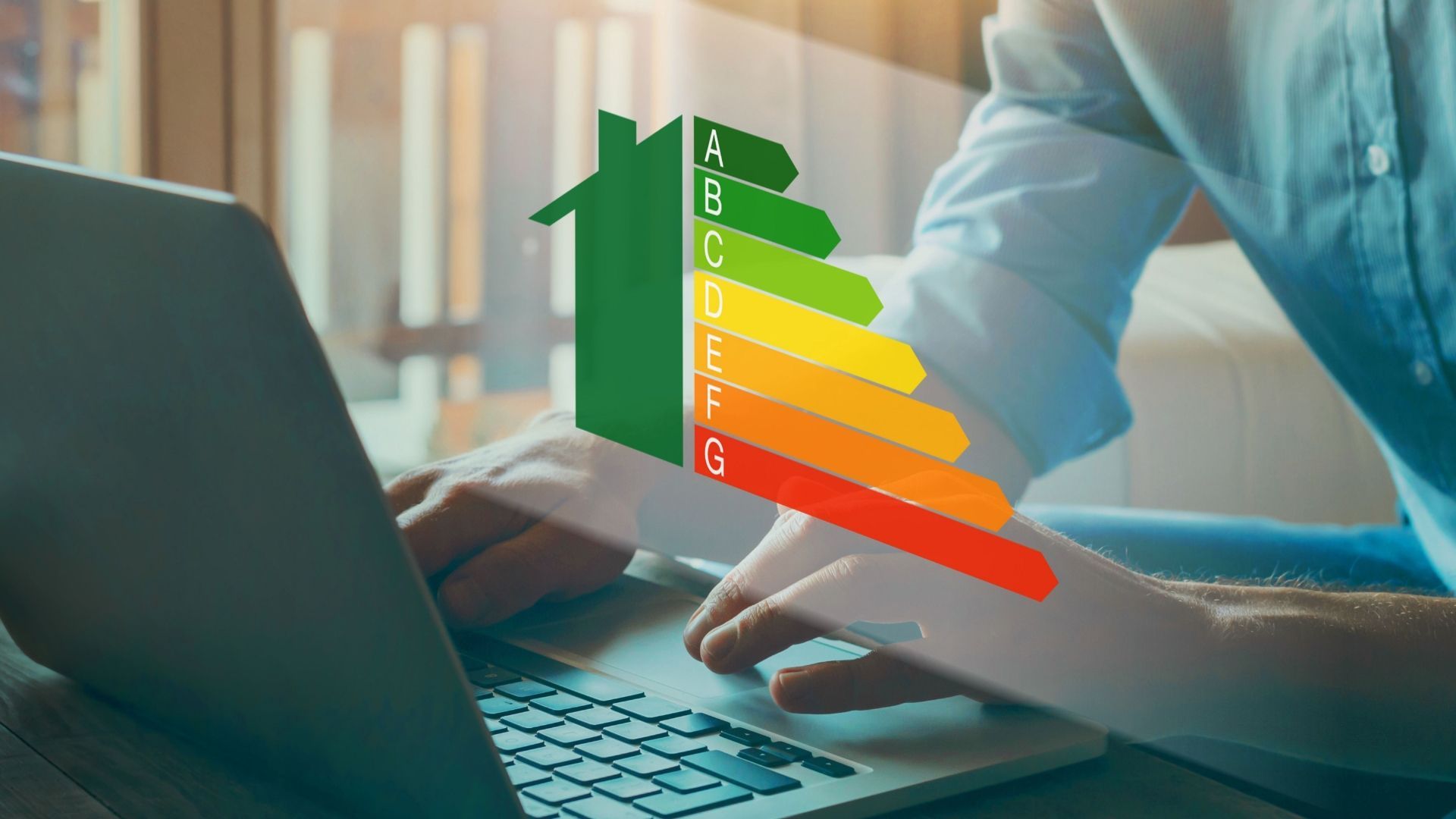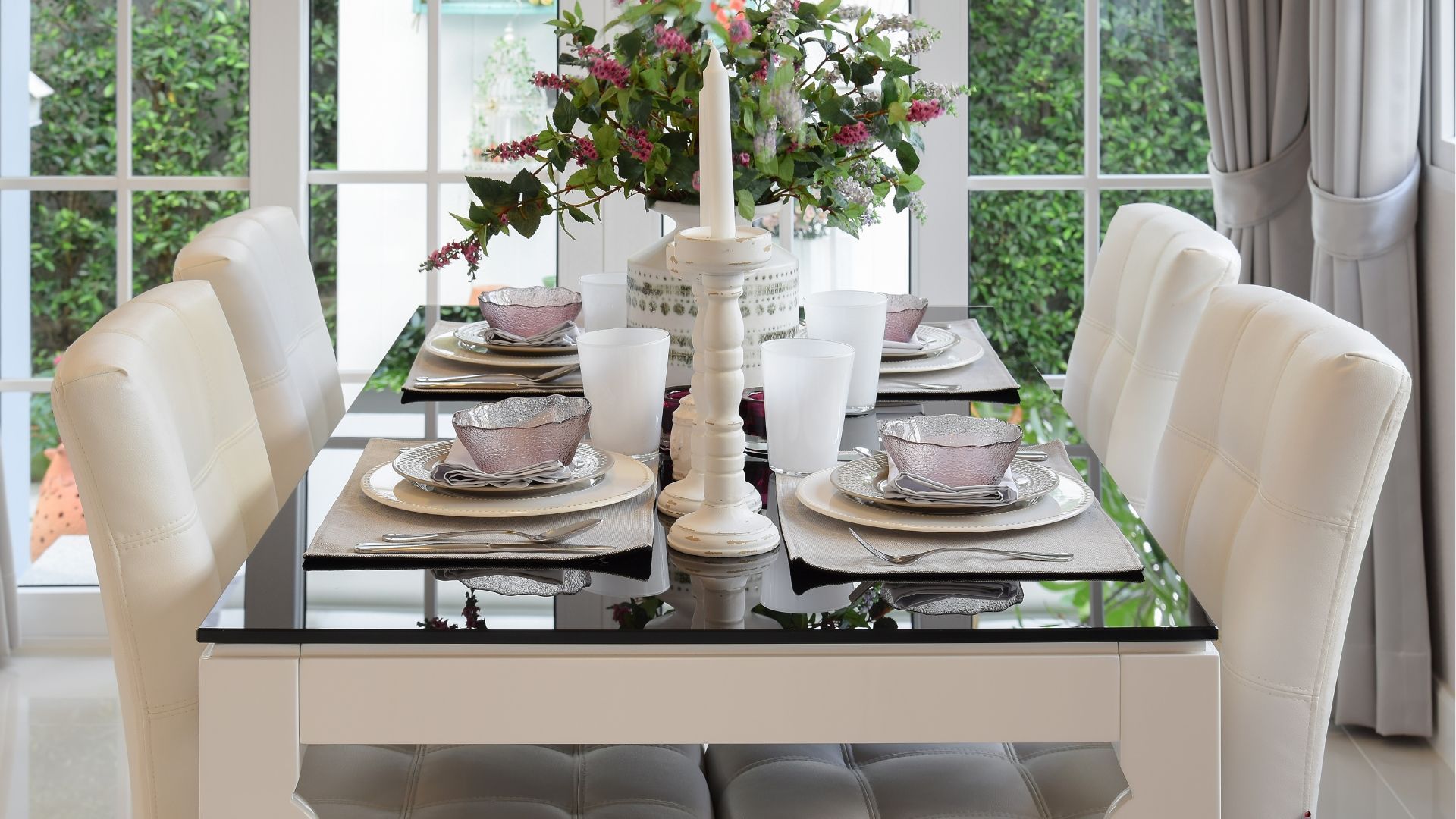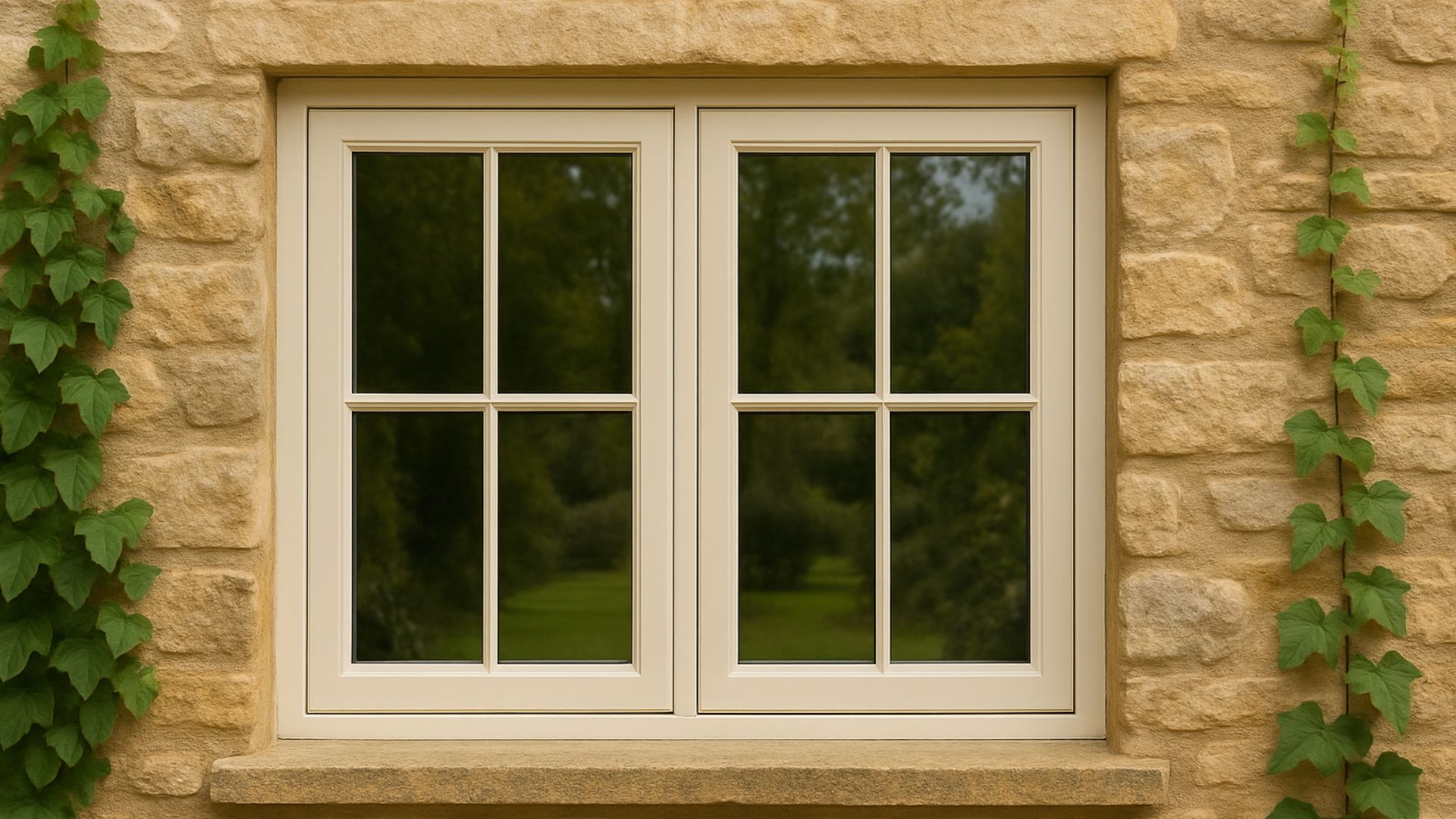How to measure for internal doors
Looking to install a new internal door in your home? Get the lowdown on how to measure it accurately.
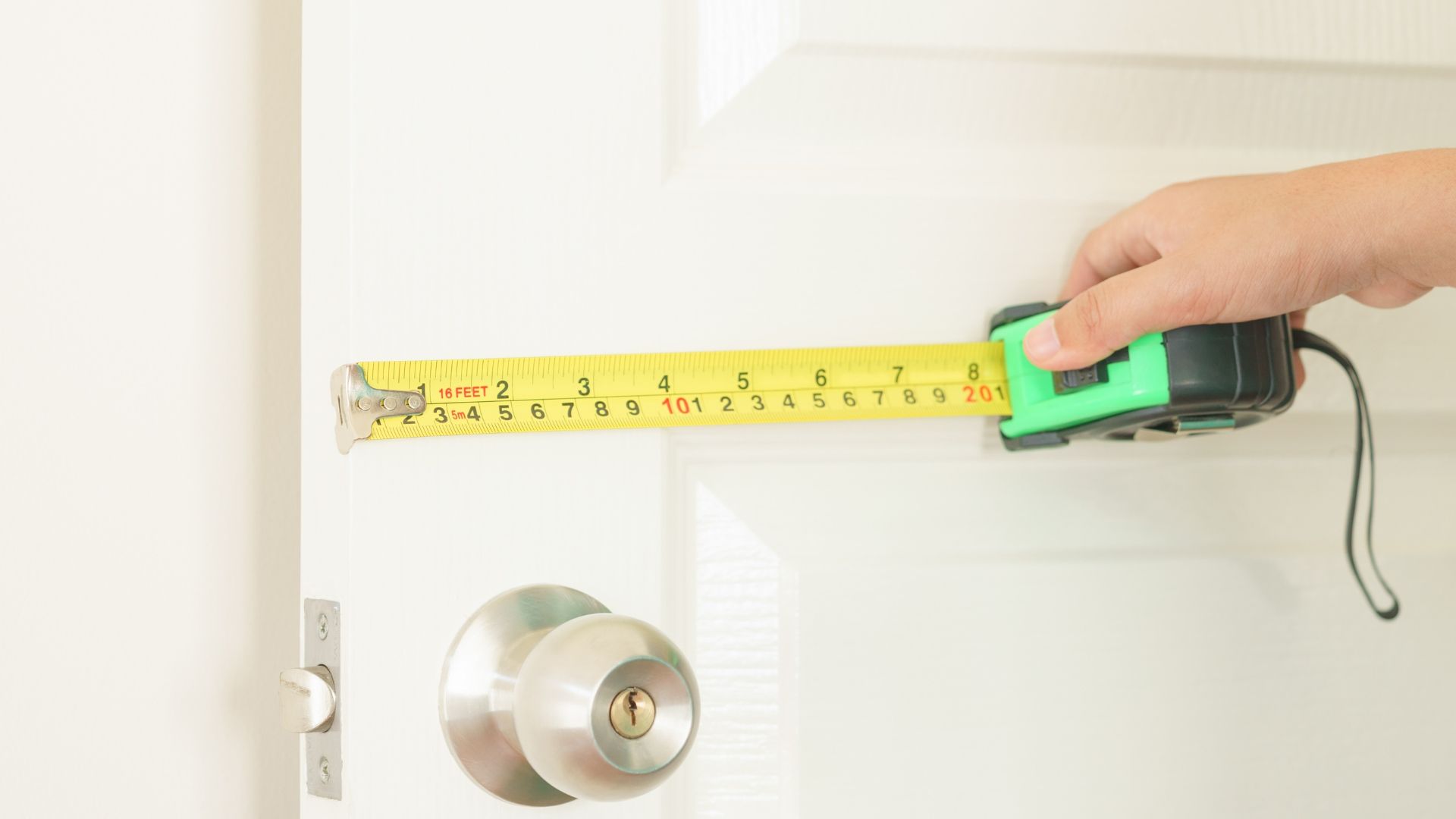
Getting excited about doors, some might say, is like getting excited about traffic lights, bin bags or the history of gravel.
Well, we beg to differ. Yes, a door's main job is to open and close. But a door can add character to your home, breathe life into a room and reflect your personality.
So, if you're replacing a door, it's always worth giving some thought to the style, colour and accessories you want. Before you do, however, you're going to need some measurements.
Once you know how to do it, measuring a door is as easy as pie. But it's not immediately obvious where to start. This is primarily because a door can be measured on its own, with its jamb (side posts) or as a rough opening (the rectangle cut into the wall).
The measurement you take will depend on whether you're buying just the door or what's known as a "pre-hung door" (a door in its jamb).
If you're buying just the door, you can take measurements from your existing door. But if you're buying a pre-hung door – or are planning on replacing the jamb – you should take measurements from the rough opening.
What do you need to measure for internal doors?
Measuring for internal doors isn't a complicated task. You just need a measuring tape, a pencil and a piece of paper. (And perhaps a cup of tea.)
Measuring the existing doors
If you're buying a door and keeping the existing jamb, you can take measurements from your existing door.
First, measure the width from one side to the other. Next, measure the height from top to bottom, keeping the measuring tape inside the frame. Finally, place the measuring tape at the edge of the door and record the thickness.
For better accuracy, you can measure the width at three points, pick the smallest number and deduct 10 mm. Do the same for the height. You can also check the opening is flush by measuring diagonal lines.
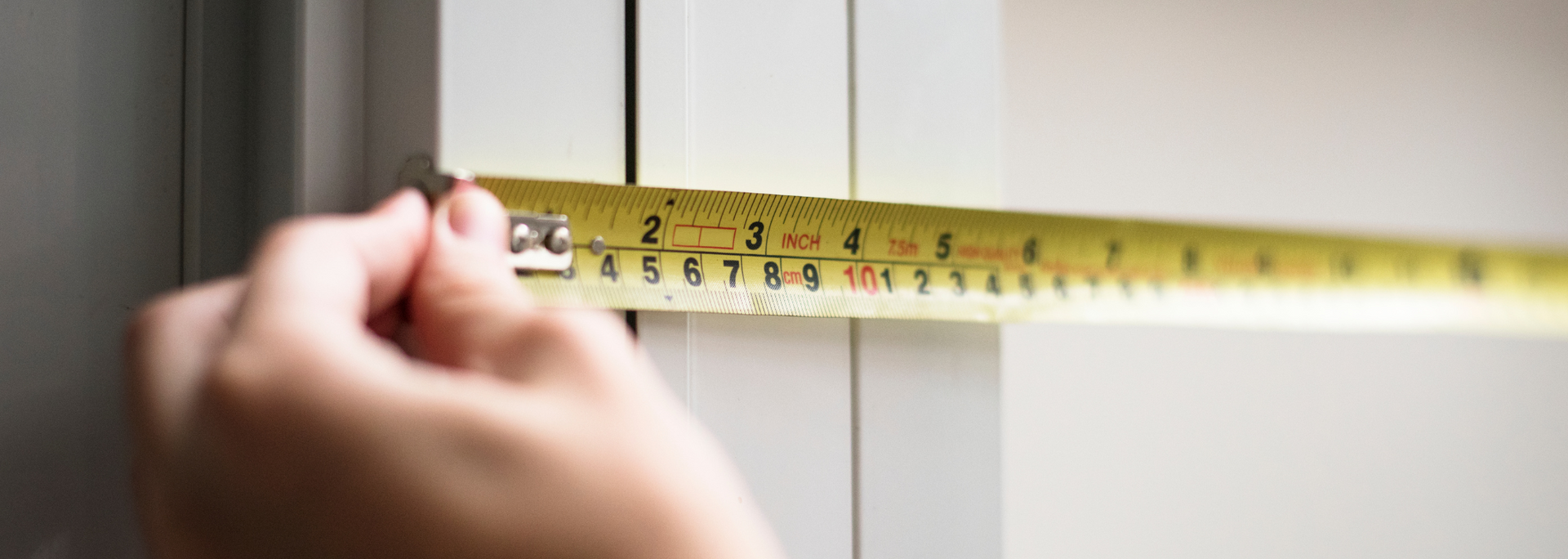
Once you've got your measurements, jot them down. Note down, too, whether the hinges are on the left or right when you face the front of the door and whether it opens inwards or outwards. This is all useful information for a door supplier or installer.
Measuring the rough opening
If you're buying a pre-hung internal door, you can take your measurements from the rough opening. As with your existing door, you want to measure width, height and depth and record these measurements along with the direction the door opens and the side the hinges are on.
How to measure a front door
Measuring a front door is much the same as measuring an internal door. You need a tape measure, a pencil and some paper. Measure width, height and depth and note down whether the door opens inward or outward and whether the hinges are on the left or right.
Tips to ensure accurate measurements
There are two main ways you can ensure that your measurements are accurate. The first is to take multiple measurements and record the average. Some people recommend recording the smallest of the measurements minus 10 mm to allow for wiggle room.
Secondly, you should check and check again. To err is human. To ensure you get the right-sized door and don't waste time on returns and refunds, double- and triple-check your measurements before placing your order.
What door hinges does my internal door need?
The simple answer is that it depends. Some hinges are suitable for both internal and external doors, while others only work with one or the other. The type of hinge will also depend on the door material and how much it weighs.
If you want to find out more, check out our guide to
choosing the right door hinges.
What are the differences between internal and external doors?
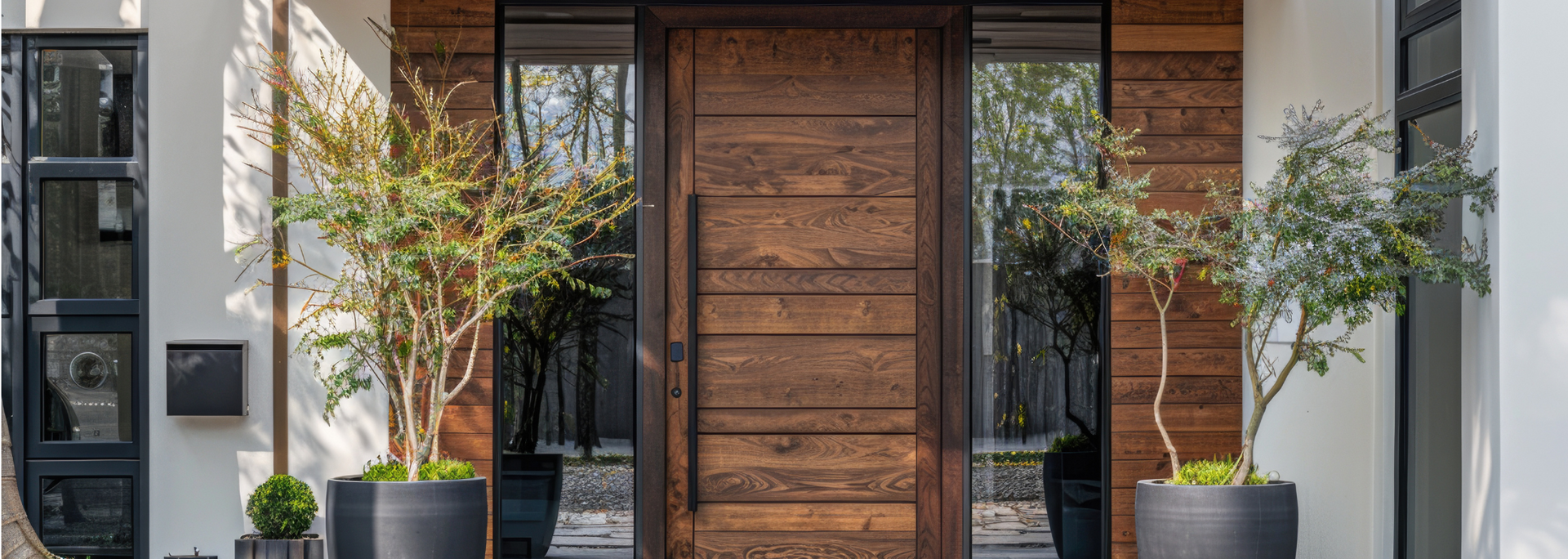
There are three main differences between internal and external doors. These primarily relate to the fact that external doors are outward-facing.
First of all, external doors have to withstand the elements. To do so, they usually have insulated cores, whereas internal doors are usually hollow. This is one reason why external doors tend to be more expensive.
This also affects the materials used. External doors are often made of composite materials for added strength, whereas internal doors can be made from a single material.
Thirdly and finally, internal and external doors tend to have different appearances. Both can be ornate, of course. But external doors – especially front doors – tend to draw attention and be more ornamental. Internal doors, by contrast, are more purely functional and tend to be on the plainer side.
What should you look for in an internal door?
When looking for an internal door, you should first check that the door is built to last. This will be reflected in the quality of the materials and the length of the warranty on offer. You want your internal door to be an investment – not something that needs to be replaced in a matter of years.
Related to this is the door's energy efficiency and security. A sturdy, good-quality, built-to-last door will put paid to draughts and keep intruders out. Energy efficiency is good for the planet, too, reducing your carbon emissions at the same time as your energy bills.
But perhaps the most important consideration when looking for an internal door is your choice of supplier. Working with an experienced, friendly, professional supplier can mean the difference between a smooth installation and a month of headaches.
Looking for an
internal door fitting service near you? At Calder Windows, we offer a wide range of types, styles and finishes to customers throughout Yorkshire. All our doors are made for British weather and come with a 10-year warranty.
Get in touch today for a quick, competitive quote.
Get a FREE quote
Are you on the lookout for uPVC window fitters in Wakefield or West Yorkshire? With over 30 years' experience and an extensive range of uPVC windows, we can help. Request a quote today or apply for finance and spread the cost.

